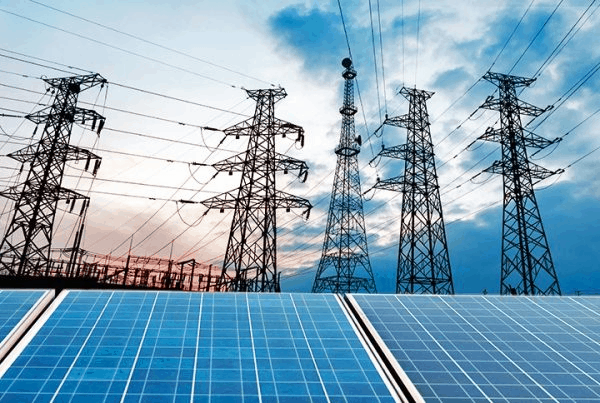Are New Energy Policies Going to Hurt Investment and Large Energy Users

It seems that Mexico energy regulators have caved to the Administration’s wishes and are willing to take the necessary steps to favor CFE and PEMEX. If this collusion to benefit the two state-owned companies is confirmed, then it will represent disappointing news for Mexico and the investment community, especially amidst the financial and social crisis resulting from the health pandemic.
Energy regulators are supposed to be independent thinkers, whose main objectives are to encourage the efficient development of the energy industry, promote competition in the sector and protect the interests of end-users. Unfortunately, favoring CFE and PEMEX will not only prevent energy regulators from meeting these objectives, but it will also put billions of USD at risk and threaten the environment as renewable generation projects will probably be halted in favor of diesel, fuel oil and coal generation.
The independence of energy regulators is paramount to provide certainty to all current and future market participants, as well as investors inside and outside Mexico. If there is a lack of independence by regulators, then market participants and organizations in and outside Mexico will have significant reservations about investing in Mexico. The lack of independence of regulators was recently raised by the US State Department of as one of the main investment risks in Mexico.
Let’s be clear and straightforward. Mexico will risk necessary investments without strong and independent regulatory bodies. The failure to attract new investment translates into limited economic development, which in turn, results in slower economic recovery for families and businesses post COVD-19.
Currently, countries around the world have identified investments in the energy sector as a vital element to promote economic recovery. These investments are not only centered in renewable generation projects, they are also focused on facilitating the energy transition into a decentralized electricity supply model with lesser dependance on fossil fuels.
Regrettably, it does not seem to be the approach in Mexico currently. Betting the house on rescuing PEMEX with the hope that the severely indebted oil company be the locomotive of Mexico’s economy appears short-sighted.
Oil demand is expected to peak and then decline over the coming years, as more electric vehicles use our roads combined with the growing pressure to reduce carbon emissions from the transportation sector. Lower demand combined with a surplus of supply, will certainly result in a decline in oil prices, which will have an impact on PEMEX’s finances and Mexico’s fiscal budget.
Furthermore, using CFE as an outlet for PEMEX’s fuel oil and diesel should not provide many benefits to the end-users, as they will still have to pay a high price for their electricity without any environmental benefits.
The graph to the right is illustrative of the competitive disadvantage that Mexico C&I companies will face just on electricity prices, compared to some of their direct competitors such as China and India. To make matters worse, China and India are heavily investing in renewables and gas-fired generation, as well as improvements to their electricity transmission and distribution networks, while Mexico moves in the opposite direction.
Regrettably, Mexico faces many challenges, and it does appear to be the right time to take these positions, as we all know CFE and PEMEX are not currently in a position to bear the weight of Mexico’s energy market and will not be in a position to do so in the near future.
Our sincere hope is that the regulators seize back their independence and resume their main role to guarantee efficient and competitive markets to advance the mutual goal of encouraging new investments, helping to reduce costs for end users and meeting Mexico’s sustainability commitments for the future. After all, “Non progredi est regredi” (Not to go forward is to go back).




